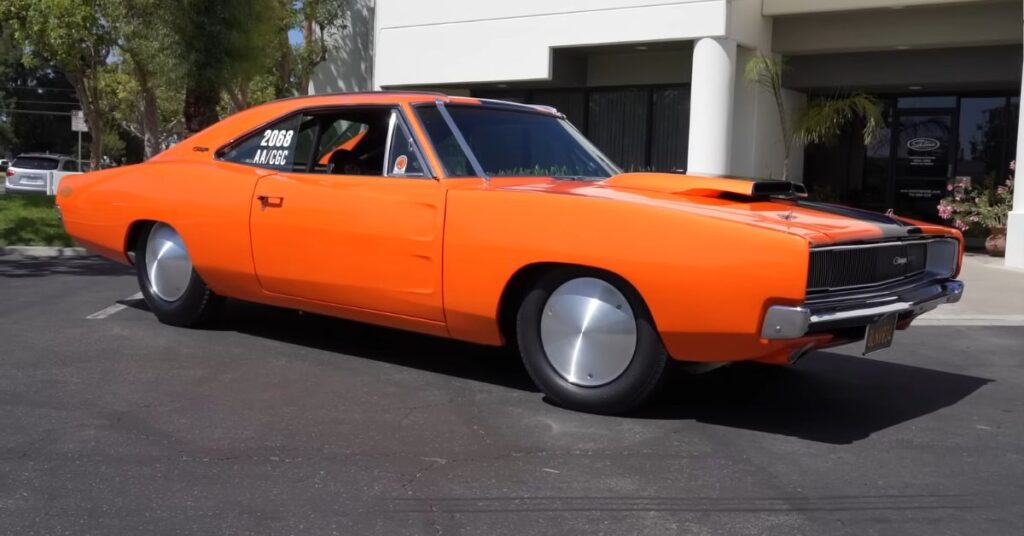In this article, we’ll delve into the fascinating story of a remarkable vehicle—the ’68 Dodge Charger built for 200MPH. This iconic car, equipped with a powerful HEMI engine, was specifically designed for land speed racing on the Bonneville Salt Flats. With its unique history and recent modifications, it has become a true testament to engineering prowess and automotive passion. Join us as we explore the captivating journey of this remarkable machine.
The Origins: A Purpose-Built Bonneville Land Speed Car
The story of the ’68 Dodge Charger built for 200MPH begins with a specific purpose—to conquer the Bonneville Salt Flats. These vast, flat salt plains have long been a haven for land speed racers seeking to push the limits of their machines. The Charger was conceived as a specialized vehicle tailored for these high-speed endeavors, designed to achieve remarkable feats on the salt.
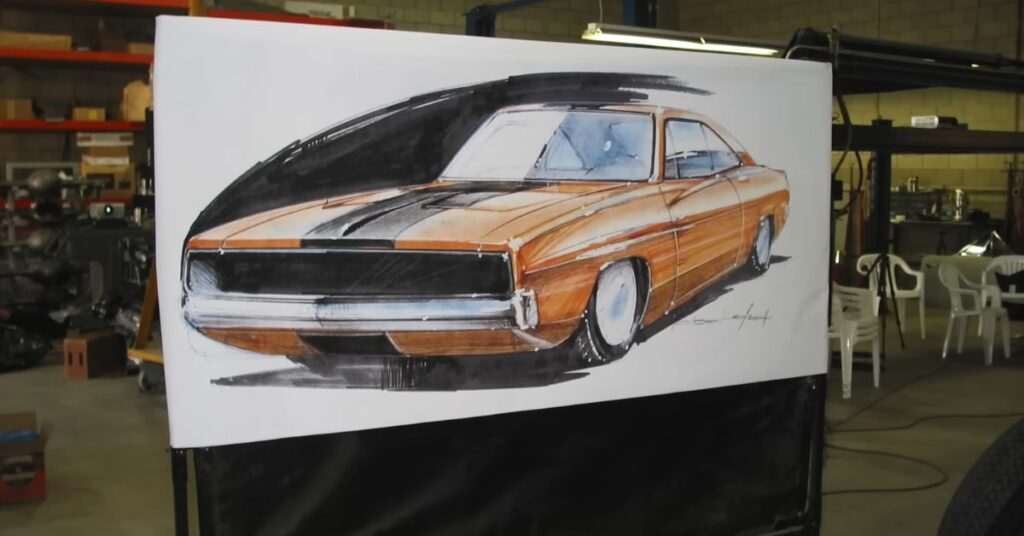
The journey of this extraordinary Charger commenced 18 years ago when a production company acquired it for a mere song. Originally, it was a 1968 Dodge Charger with a 318 engine and an automatic transmission. The ambitious goal was set—to break the 200MPH barrier. With that objective in mind, the team embarked on an extensive modification process.
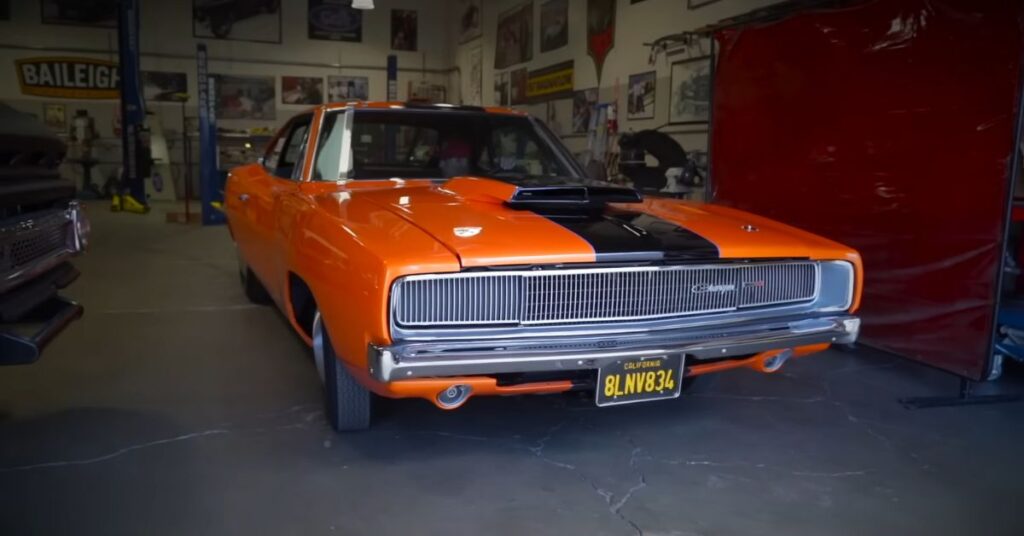
Chasing the 200MPH Mark: Power and Performance
The team’s determination to hit the 200MPH mark led them to install a formidable 526 cubic inch Indy cylinder head HEMI engine, boasting an impressive 750 horsepower output on gasoline. Paired with a finely tuned 727 TorqueFlite transmission and advanced suspension designs by Ron Jenkins, the Charger was meticulously crafted to unlock its full performance potential. The team left no stone unturned in their pursuit of speed.

With the sole objective of reaching 200MPH firmly in their sights, the team spared no effort in creating a car that could handle the immense power and push the boundaries of speed. From the engine to the transmission and suspension, every component was carefully chosen and fine-tuned to optimize performance. This was not just a mere project—it was a relentless quest for automotive excellence.
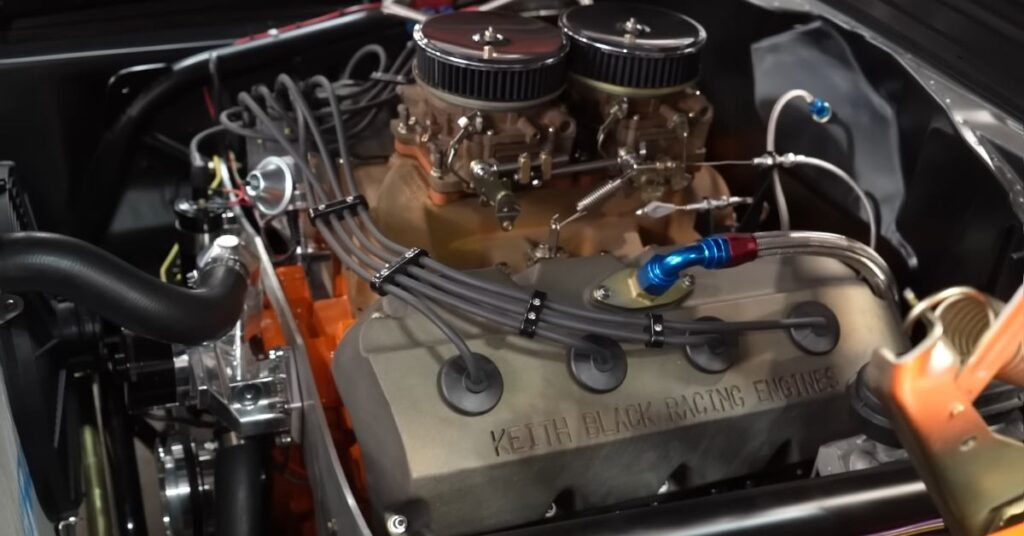
The team’s dedication paid off as they ventured out to the vast, flat expanse of the Bonneville Salt Flats. Guided by their passion and expertise, they unleashed the Charger’s might, propelling it forward with unwavering determination. The exhilaration of witnessing their creation tearing through the salt at incredible speeds was a testament to their ingenuity and skill. The ’68 Dodge Charger had become a symbol of raw power, engineered to conquer the land speed record.
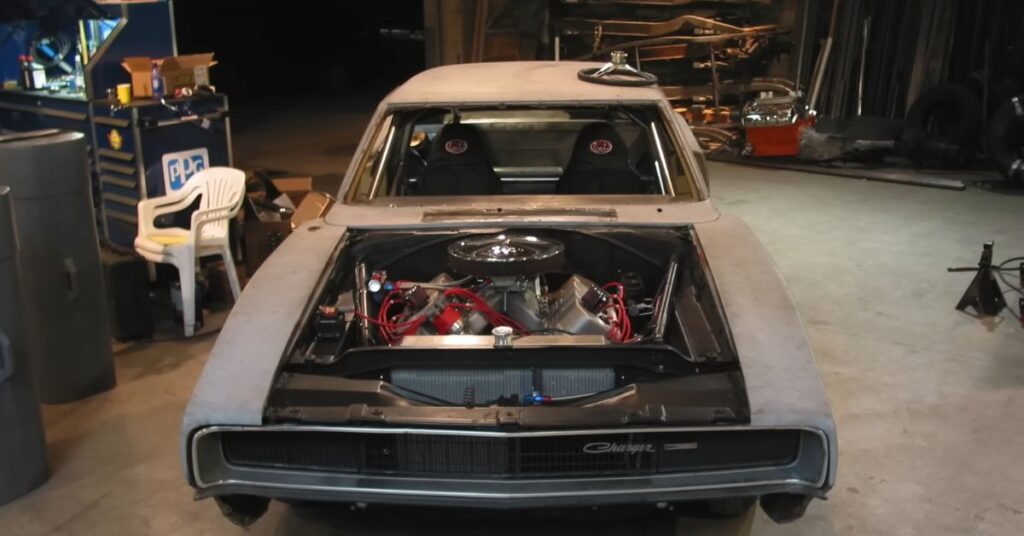
In the end, the team’s tireless pursuit of speed and their unwavering commitment to excellence led them to accomplish their goal. The ’68 Dodge Charger, powered by the indomitable HEMI engine, soared past the 200MPH barrier, etching its name in the annals of automotive history. This remarkable achievement stands as a testament to the limitless potential of human innovation and the enduring allure of muscle cars.
A Temporary Pause: 15 Years of Mystery
Following the daring escapade on the dry lake, the Charger disappeared from the scene for the next 15 years. Its whereabouts remained a mystery, leaving enthusiasts and fans wondering what had become of the powerful land speed car. The story seemed to have reached an unfortunate end, with the Charger fading into obscurity.
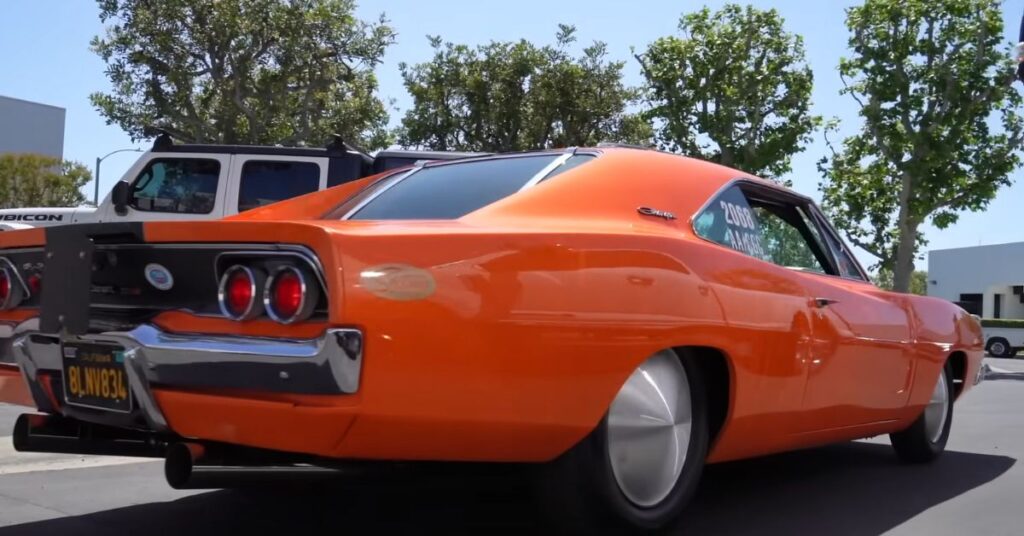
Just when it seemed like the Charger’s story had reached its conclusion, fate intervened. In a twist of events, the car was rediscovered in a garage, hidden away from the public eye. Its condition had deteriorated, but its spirit remained intact. This discovery sparked new life into the project and reignited the passion to see the Charger fulfill its original purpose.
Putting the Engine Puzzle Together: The Hunt for a 426 HEMI
With the Charger back in the spotlight, the restoration process began in full swing. One of the crucial elements missing was the iconic 426 HEMI engine, known for its raw power and performance. The search was on to find an authentic 426 HEMI to breathe life back into the Charger. After an exhaustive hunt, a suitable engine was sourced, and it was time to reunite the car with its legendary heart.
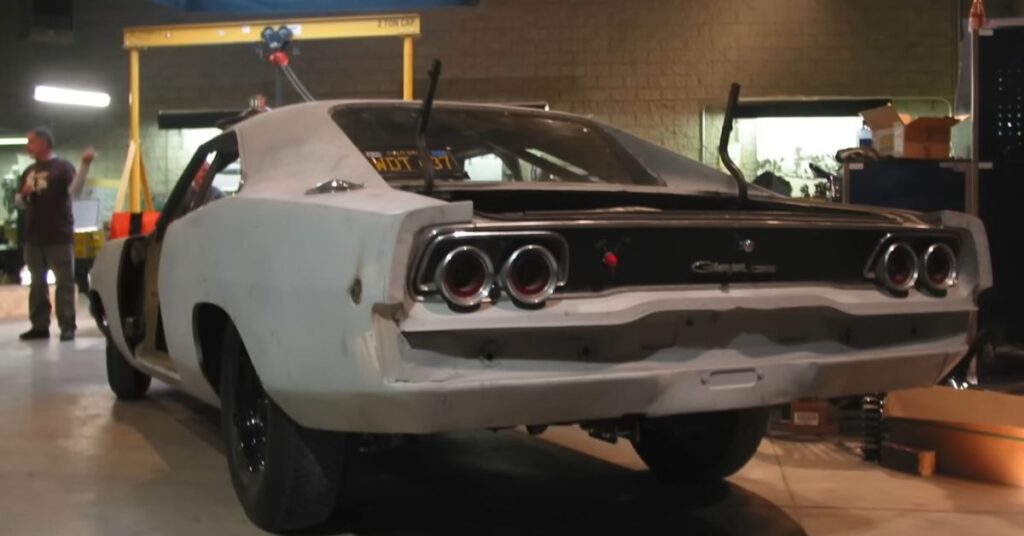
Restoring the Charger was not just about fixing mechanical components—it was also about paying homage to the automotive legends that came before. The team responsible for the restoration meticulously studied the techniques and designs of the era, ensuring that every detail stayed true to the original spirit of the car. This dedication to preserving the legacy of automotive craftsmanship infused the project with a deep sense of respect and admiration.
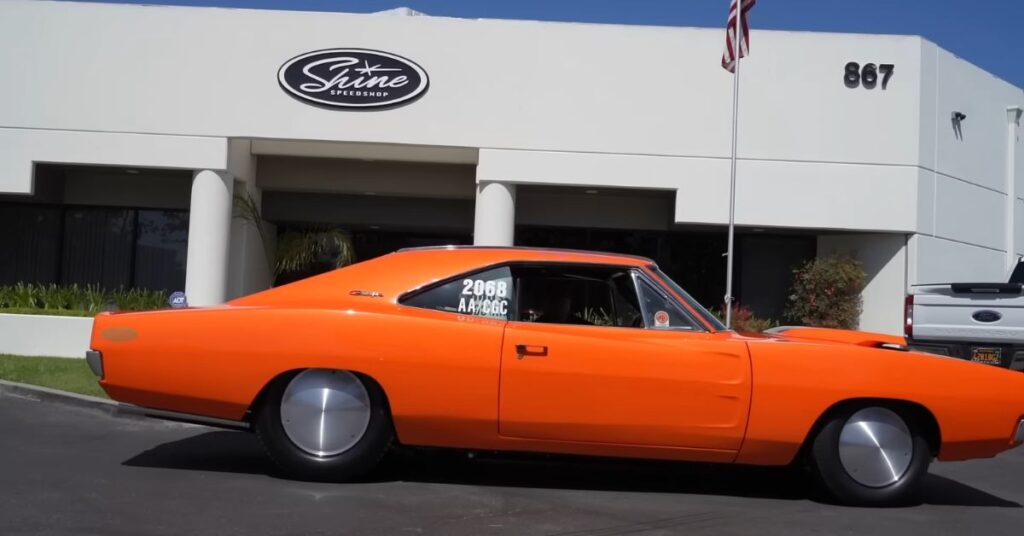
Performance Upgrades: Unleashing the Charger’s Full Potential
While the original Charger was an impressive machine, advancements in technology and engineering couldn’t be ignored. To optimize the car’s performance, several upgrades were implemented. The suspension was fine-tuned for improved stability and handling, and the braking system was enhanced to provide better stopping power at high speeds. These upgrades aimed to push the Charger even closer to its coveted 200MPH goal.
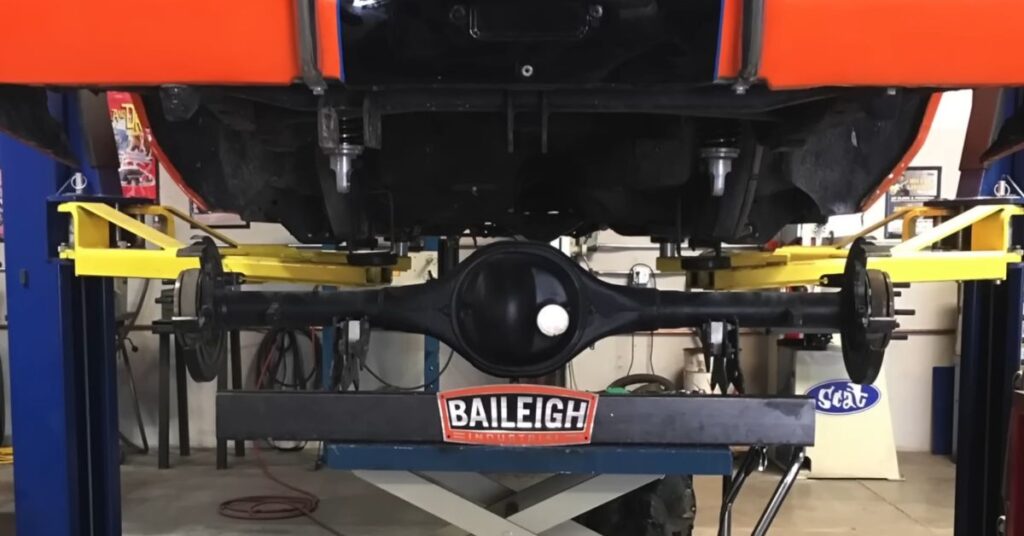
To achieve maximum speed, the Charger underwent aerodynamic modifications. The body was lowered, and a sleek front splitter and rear spoiler were added to improve downforce and reduce drag. The design changes were carefully calculated to enhance the Charger’s stability and efficiency, ensuring it could cut through the air with minimal resistance.
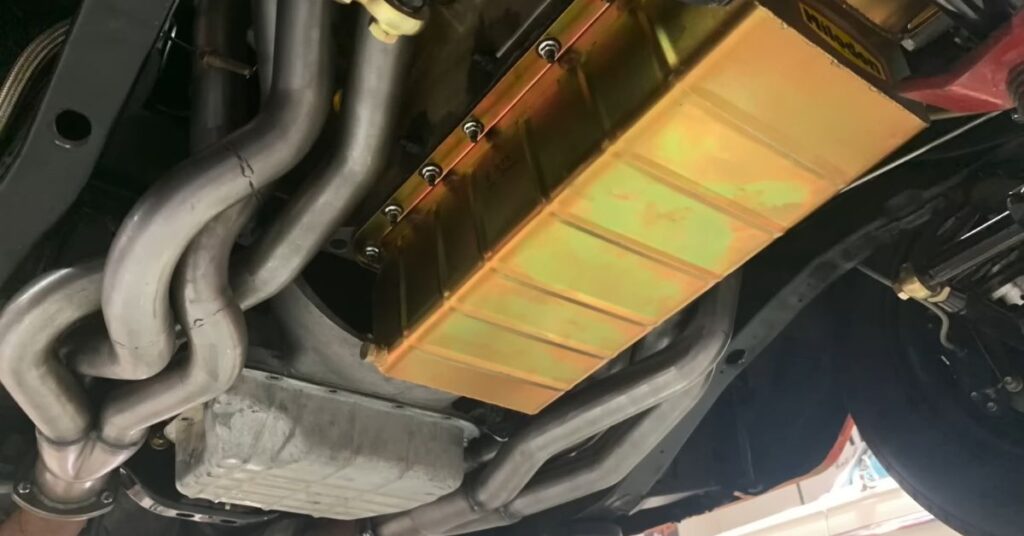
A powerful car deserves a powerful sound. To enhance the auditory experience, the Charger was equipped with a custom exhaust system from Magnaflow. This collaboration resulted in a deep, resonating roar that reverberates through the air, leaving no doubt about the Charger’s performance capabilities.
Attention to Detail: Moon Discs and Custom Wheels
The restoration of the Charger left no stone unturned, as every aspect of the car was meticulously addressed with utmost attention to detail. Even the smallest elements were given careful consideration, ensuring that no part of its iconic design was overlooked. One notable addition was the inclusion of the iconic Moon Discs, wheel covers that gained popularity during the golden era of hot rodding. These custom wheels with Moon Discs perfectly captured the essence of the car’s heritage, adding a nostalgic and authentic touch to its overall aesthetic.
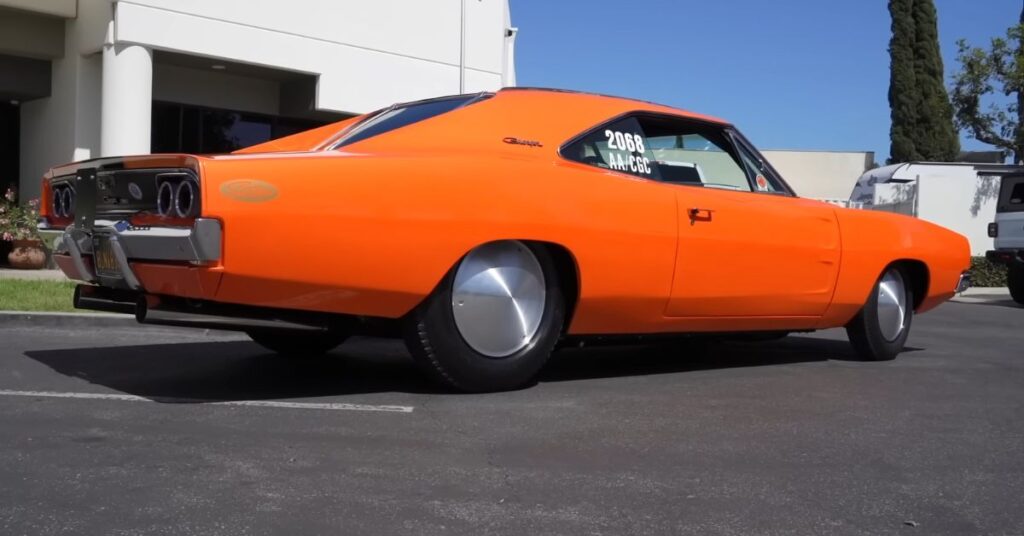
In their quest to restore the Charger to its former glory, the team recognized the importance of preserving its original features. The restoration process involved sourcing genuine parts and accessories, ensuring that the car’s authenticity remained intact. From the emblematic grille to the distinctive body lines, every component was meticulously restored to match the car’s original specifications. The team’s dedication to honoring the Charger’s heritage resulted in a faithful restoration that paid homage to its iconic status.
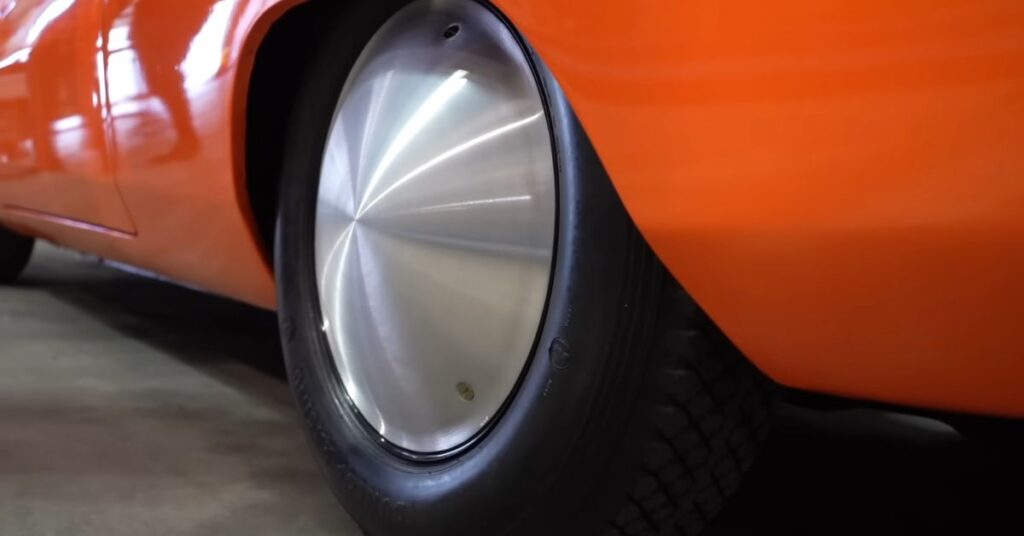
Beyond the visual aspects, the team also focused on enhancing the Charger’s performance and drivability. The engine, suspension, and braking systems were carefully evaluated and upgraded to modern standards, striking a balance between preserving the car’s classic appeal and providing a thrilling driving experience. By blending vintage aesthetics with contemporary performance enhancements, the team successfully transformed the Charger into a remarkable combination of timeless design and exhilarating performance.
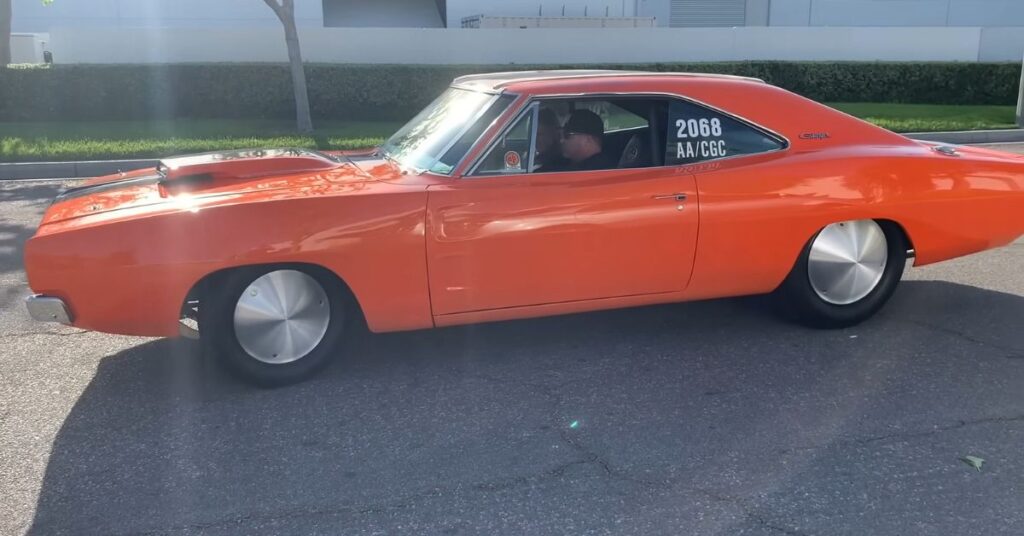
The meticulous attention to detail and the team’s unwavering commitment to authenticity and performance resulted in a restored Charger that surpassed all expectations. From its nostalgic Moon Discs to its finely-tuned mechanical components, the car stood as a testament to the dedication and craftsmanship of the restoration team. With every aspect thoughtfully considered and flawlessly executed, the Charger was not only restored to its former glory but also brought to life in a way that honored its rich history and delighted automotive enthusiasts worldwide.
Purpose-Built Interior: Functionality over Luxury
When it came to the Charger’s interior, functionality and performance were the primary considerations. The team stripped the cabin down to its bare essentials, eliminating any unnecessary weight and distractions. The driver’s cockpit received special attention, featuring racing seats that provided optimal support and a roll cage for enhanced safety during high-speed maneuvers. The instrument cluster was designed with a minimalistic approach, presenting vital information to the driver without overwhelming them. Every element of the interior was meticulously crafted to assist the driver in their pursuit of speed and performance.
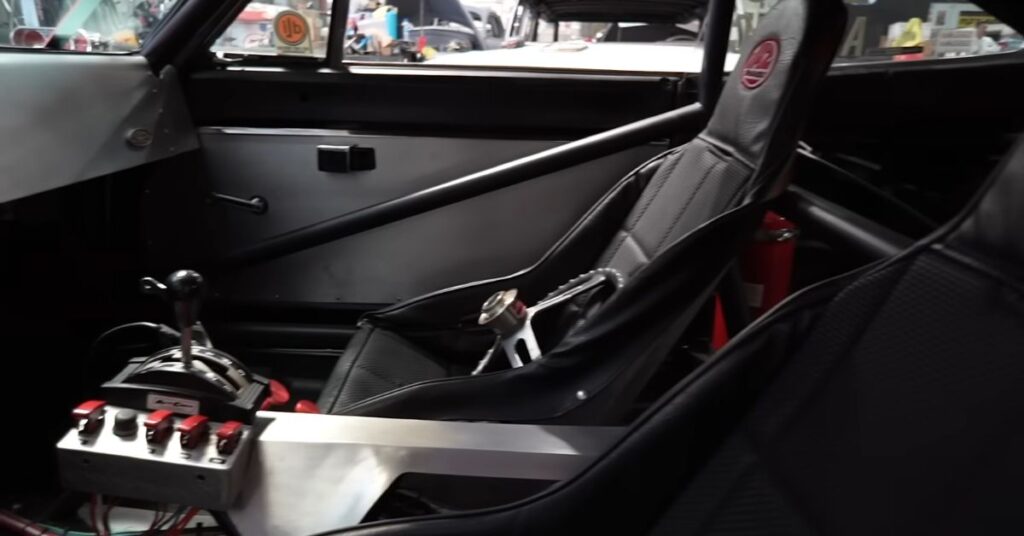
While prioritizing functionality, the team also sought to create a comfortable and immersive driving experience within the Charger’s cabin. Despite the stripped-down nature, the seats were carefully selected to provide a balance between comfort and support, ensuring the driver could maintain control even during extended periods behind the wheel. The ergonomics were meticulously considered, allowing for easy reach and intuitive operation of essential controls. The interior’s design and materials were chosen to create a cohesive and inviting environment that encouraged the driver to push the Charger to its limits.
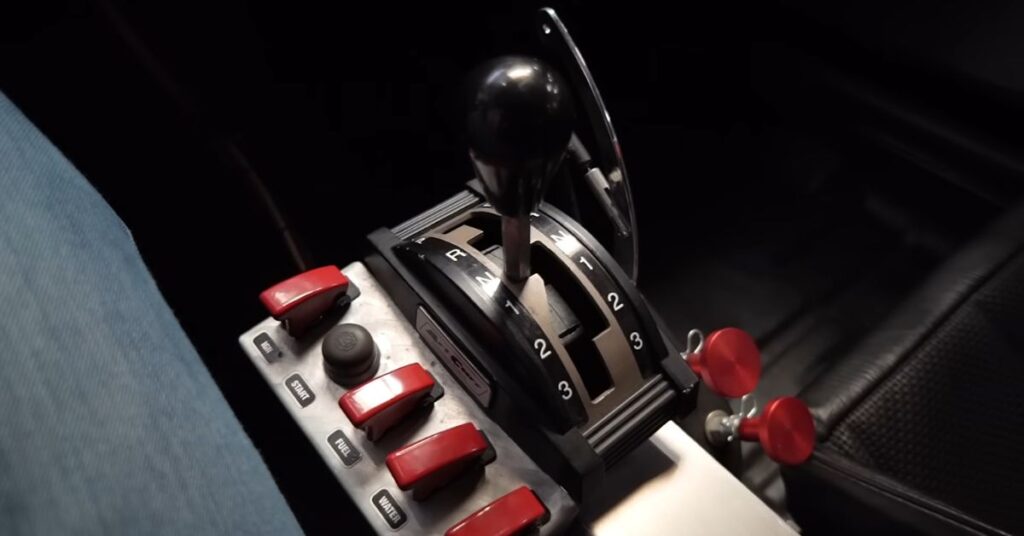
Attention to detail extended to the integration of advanced technology within the Charger’s interior. The team incorporated modern amenities and convenience features, such as a high-quality sound system and climate control, to enhance the overall driving experience. These contemporary additions were seamlessly integrated into the minimalist design, ensuring they did not compromise the car’s performance-oriented focus. The result was a harmonious blend of cutting-edge technology and purposeful design, creating a driver-centric environment that combined comfort, functionality, and performance.
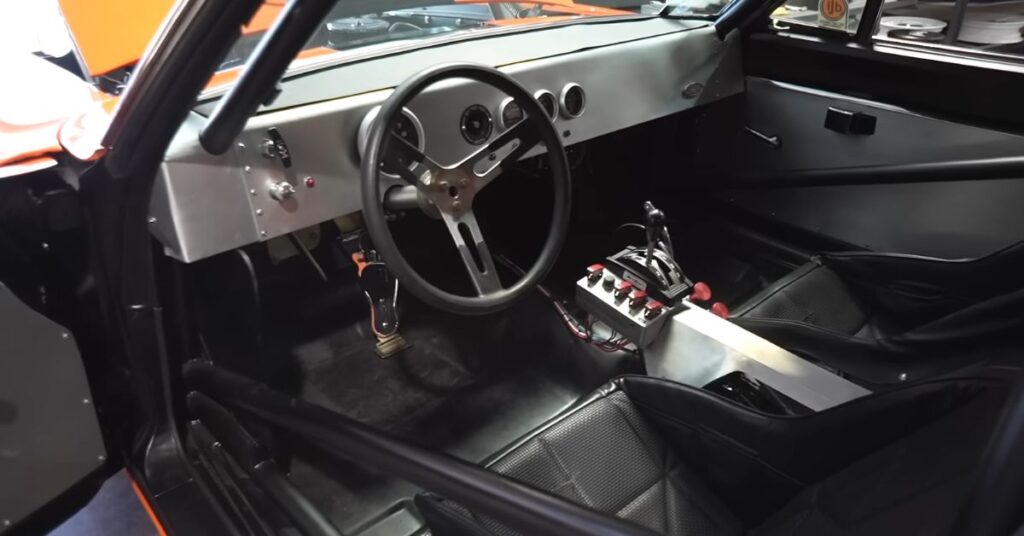
Throughout the interior restoration, the team maintained a clear vision of creating a space that would serve as the perfect command center for the driver. Every element, from the racing seats to the instrument cluster and technological advancements, was carefully chosen and meticulously positioned to optimize the driver’s focus and control. The Charger’s interior became a sanctuary of performance, providing a comfortable and purpose-built environment that allowed the driver to fully immerse themselves in the exhilaration of commanding this powerful muscle car.
Conclusion: A Testimony to Passion and Perseverance
After years of meticulous restoration, the Charger was once again ready to face the desert’s vast expanse. With its engine roaring and its sleek body gliding across the salt flats, the Charger embodied the spirit of its creators and the dreams of those who dared to push the boundaries of speed. As it raced towards the horizon, leaving behind a trail of dust and awe, the Charger solidified its place in automotive history as a land speed icon reborn.
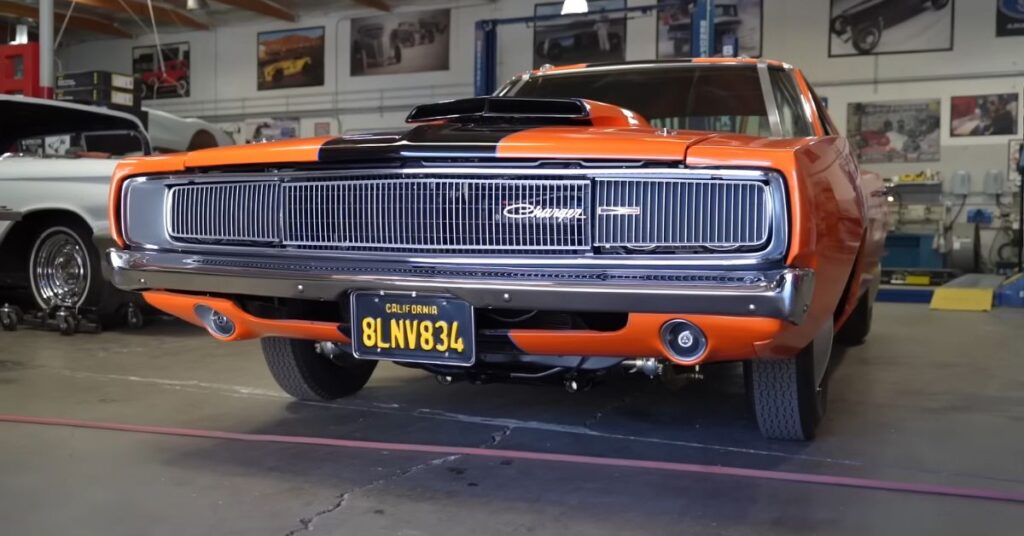
The journey of the Charger from its creation, disappearance, and subsequent restoration serves as a testament to the enduring power of passion and perseverance. Against all odds, a dedicated team of enthusiasts and experts breathed new life into a forgotten legend, ensuring that its story would continue to inspire generations to come. The Charger’s triumphant return to the land speed scene reminds us that some dreams never truly fade away—they simply wait for the right moment to be reignited and pursued with unwavering determination.

